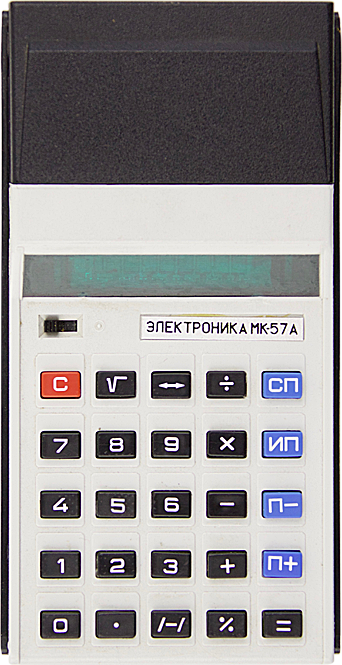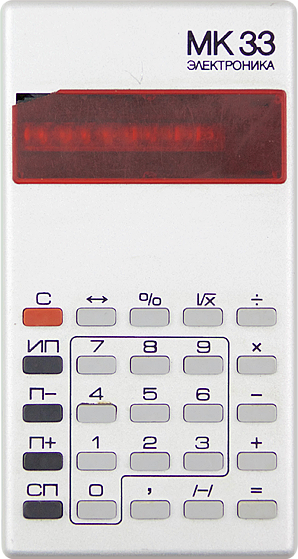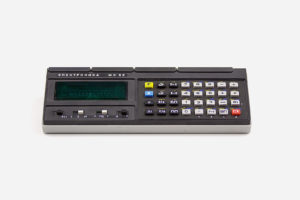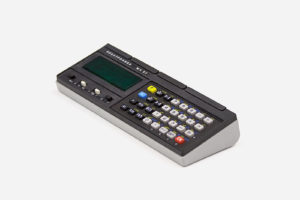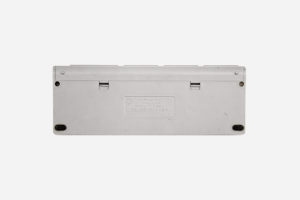
The MK-52 was the first Soviet calculator to feature a 5 kbit programmable non-volatile read-only memory unit (PROM) with 10,000 overwrite cycles. This opened the door to something entirely new — retaining data even when the power was turned off.
Users could connect an external ROM (read-only memory similar to today’s memory cards) to their devices. The ROM was a memory expansion unit that came with dozens of games and maths programmes from the manufacturer making up the user’s library.
In total, four types of ROM cartridges were produced:
● The Astro memory expansion unit (the MEU-2) with a number of programmes to solve navigation tasks published in Marine Сollection No. 12 of 1988.
In 1996, Captain 1st rank, Candidate of Military Sciences Sergey Zinoviev published a manual on solving and developing case studies on marine celestial navigation with recommendations on using a navigational computer system based on the MK-52;
● The MEU-3 came with 60 programmes to solve mathematical problems. In 1988, 15,200 units of this type were produced, and retailed for RUB 16;
● The MEU-4 was produced in 1989 and offered games, professional sports, and household purpose programmes;
● The Geo memory expansion unit came with a variety of additional mathematical functions.
The calculator also featured another expansion slot used to run tests at the production stage, which DIY enthusiasts then managed to mod with various devices (for example, special printers).
It is claimed that the MK-52 also played a part in the space programme. Alexander Volkov, a Hero of the Soviet Union, had the MK-52 on board with a number of celestial navigation programmes as a backup to flight computers during the Soyuz TM-7 mission to the Mir space station (autumn 1988 — spring 1989).
The MK-52 had two main operating modes: „automatic mode„ (for arithmetic and algebraic operations) and “programming mode" (for programme recording and memory operations).
While the programming language of Elektronika MK-52 was YMK-61, its commands and codes were fully compatible with second-generation calculators like the B3-34 and MK-54. The functions of the average programme with all 105 steps and 15 registers of the MK-52 took some 140–150 steps and 18 registers of the programme created with the B3-34.
The MK-52 used reverse Polish notation and featured a twelve-digit vacuum fluorescent display with only eight digits for fixed-point numbers.
The calculator ran on four AA batteries.
Weight: 250 g or less.
Dimensions: 211×78×42 mm.
